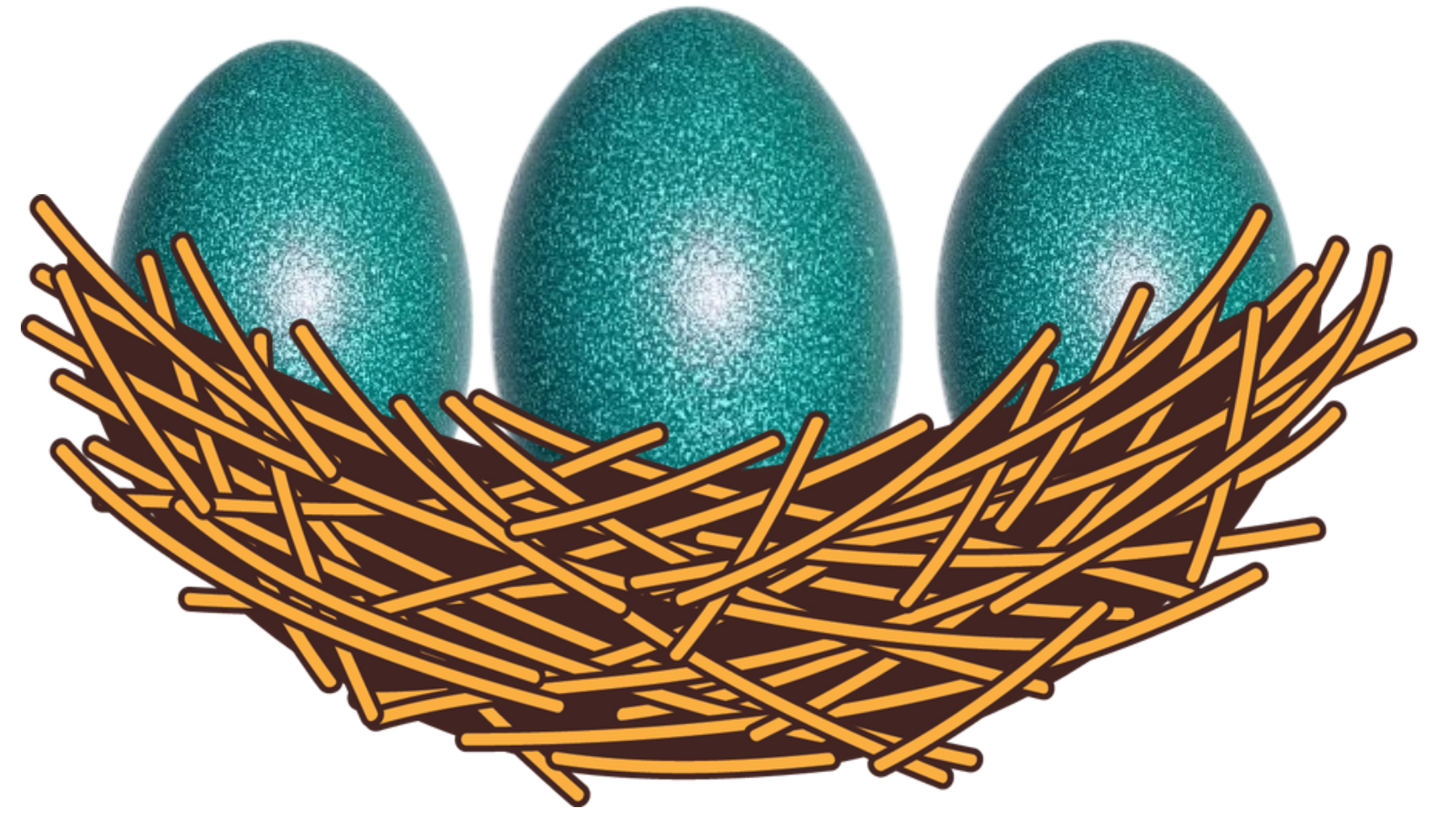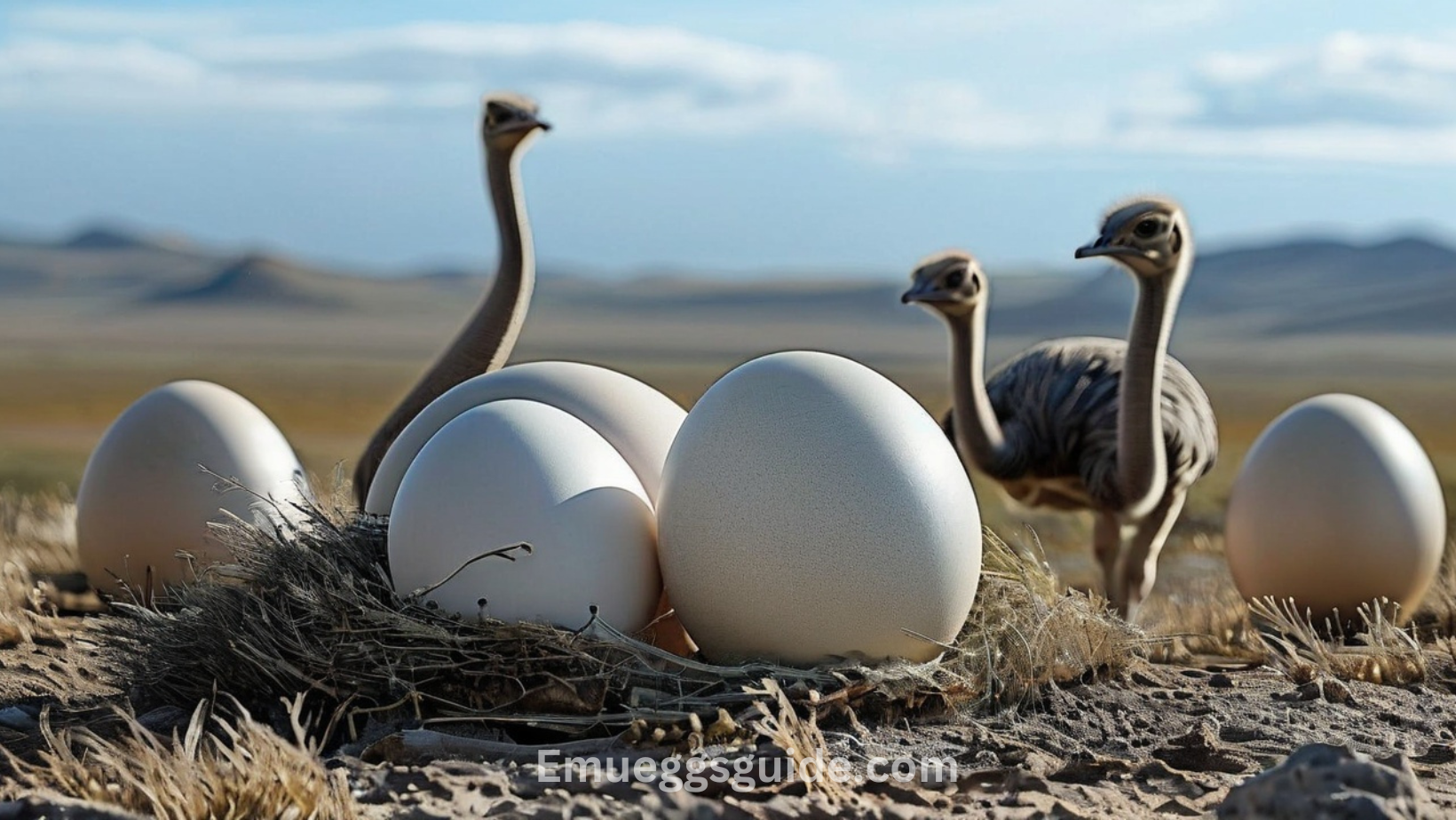Ostriches the world’s largest birds, are farmed for various products, including their lean meat, nutrient rich eggs, durable leather, and luxurious feathers. Known for their different climates and relatively low requirements, ostriches present to traditional livestock farming. This form of farming appeals to those looking for in agriculture, as it provides multiple revenue streams from a single animal. Whether for small scale or large commercial operations, ostrich farming offers unique opportunities in today’s agricultural landscape.
Benefits of Ostrich Farming
These large birds not only provide multiple valuable products, but they also have several advantages over traditional livestock in terms of efficiency and profitability. Here are some of the key benefits of ostrich farming:
One of the most advantages of ostrich farming is the birds’ low feed to meat conversion ratio. Ostriches require less feed compared to other livestock like cattle or pigs to produce the same amount of meat. Their diet consists of a mixture of grains, greens, and forage, which makes feeding them relatively compared to larger animals that require more substantial amounts of feed. Ostriches are highly creatures that can in a wide range of climates, from hot, arid regions to cooler environments.
Ostriches are farmed not just for their meat, but also for their eggs, leather, and feathers, making them a source of income. Ostrich meat is lean, high in protein, and low in cholesterol, appealing to health-conscious consumers.
Ostriches have a long lifespan, with some living up to 40–50 years, and can reproduce for up to 25–30 years in captivity. This long reproductive cycle, combined with the ability to lay large quantities of eggs annually, makes ostriches a highly productive investment. A single female ostrich can lay around 40–100 eggs per year, offering a steady supply of offspring or eggs for sale.
Health Benefits of Ostrich Meat

Ostrich meat is rich in protein, low in fat, and contains less cholesterol than beef or chicken, making it and choice for health conscious consumers. Its red meat resembles beef and texture but provides a much leaner and nutrient dense alternative.
Ostrich farming presents an attractive option for farmers looking to tap into a growing market, while benefiting from the birds’ low cost nature, and ability to thrive in a variety of environments.
Feeding and Caring Ostriches Farm
Proper feeding and care are essential for the health and of ostriches on a farm. While ostriches are hardy animals that can thrive in various climates, they still require a balanced diet and care to ensure optimal growth and reproduction. Below are the key aspects of feeding and caring for ostriches on a farm.
Feeding Schedule
Ostriches should be fed twice a day, ensuring that their food is fresh and clean. Farmers generally provide a combination of feed and forage, keeping water readily available throughout the day.
For young chicks and ostriches, the feeding process is more intensive. They require higher protein content in their diet to rapid growth. Chicks should be fed a specialized starter feed rich in protein, while adults can switch to a feed once they reach maturity.
Water Requirements
Ostriches need supply of clean, fresh water at all times. These birds are efficient in their water use and can go long periods without drinking in the wild, but on a farm, it’s essential to provide consistent access to prevent dehydration.
Breeding and Nesting Care
Breeding ostriches require special care, especially during mating season and when females are laying eggs. Breeding pairs need additional nutrients, particularly calcium, to support egg formation.
Ostriches prefer to lay their eggs in shallow nests they create by scraping the ground. Farmers should ensure these nesting areas are clean and safe, as dirty nests can result in eggs. Once the eggs are laid, they can either be left for natural incubation or collected for artificial incubation, which requires careful handling and of temperature and humidity.
Ostrich Products
Ostriches are highly valued for the variety of products they offer, making them a versatile investment for farmers. Each part of the ostrich can be used for different industries, providing multiple revenue streams from a single animal. From lean meat to durable leather and decorative feathers, the range of ostrich products is both unique and diverse.
Ostrich Eggs

Ostrich eggs are another valuable product from ostrich farming, celebrated for their size, nutritional value, and novelty appeal. Ostrich eggs are the largest of any bird species, with a single egg weighing between 1.4 to 2.3 kilograms (3 to 5 pounds). One ostrich egg can provide the equivalent of about two dozen chicken eggs, making it a substantial source of nutrition.
Ostrich farming offers diverse opportunities through the production of meat, eggs, leather, and feathers. With their low feed requirements, and multiple revenue streams, ostriches provide a sustainable and valuable alternative to traditional livestock farming, making it an attractive option for modern agricultural ventures.
FAQs
What do ostriches eat?
Ostriches are omnivores and have a diverse diet that includes plant matter, seeds, grains, and insects.
Can you ride an ostrich?
Ostriches are not built for carrying weight and riding can cause them stress or injury. In some countries, ostrich riding is done as a novelty or attraction, but it is important to prioritize the animal and ensure it is done with proper care and consideration.
Can you eat ostrich eggs?
Yes, ostrich eggs are edible and are a popular delicacy. They are much larger than chicken eggs, with one ostrich egg being about two dozen chicken eggs. They can be cooked in various ways, such as boiled, scrambled, or used in baking.
How much is an ostrich?
The price of an ostrich can vary widely depending on factors such as age, sex, and whether it is intended for breeding or farming purposes. On average ostrich can cost between $500 and $2,000, while adults or breeding pairs may cost more.
Where can I buy an ostrich egg?
Ostrich eggs can be purchased from specialty farms, online retailers, or gourmet food suppliers. Some ostrich farms sell eggs directly to consumers, while others may offer them through.





